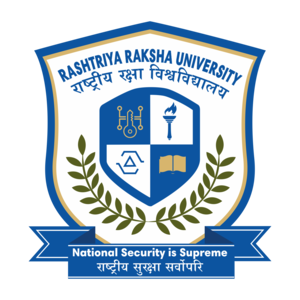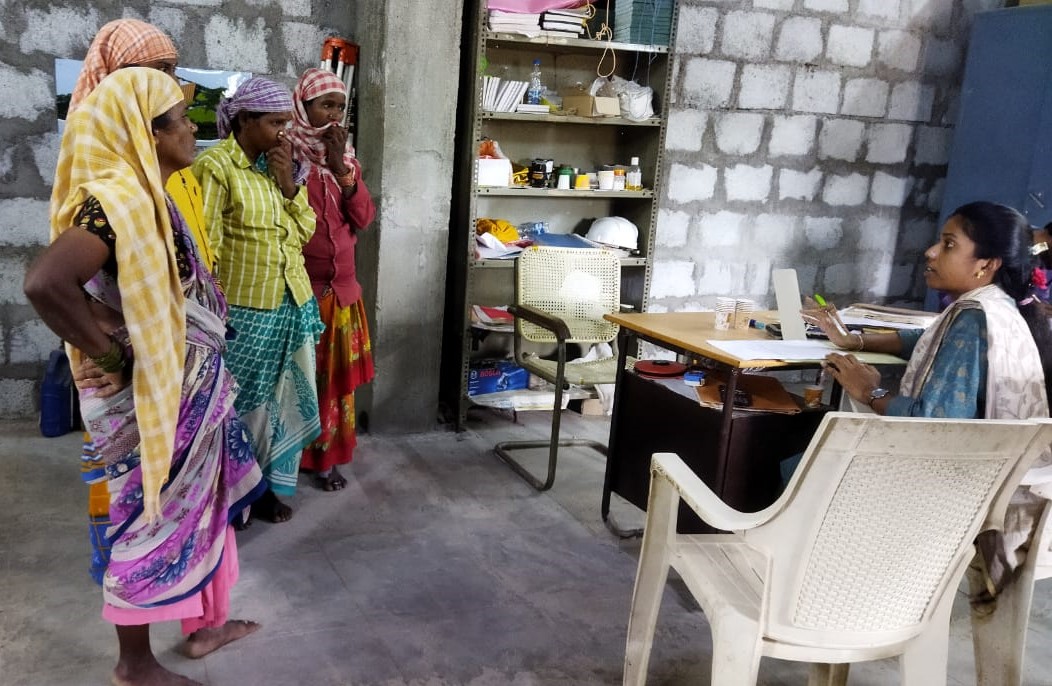State of the Indian Judiciary (Book Review)
- Vartika Misra
- August 2, 2017
Content :
Judicial delays influence all parts of society and not only the efficiency of the judiciary. Our expectation of being a civilised society lays on judiciary and the legal postponements are slaughtering this expectation. Moreover, in spite of all courts being regulated by the Supreme Court and working under comparable guidelines, each high court has its own particular arrangement of frameworks so there is no real uniformity between high courts. Daksh, a civil society organisation that undertakes research and activities to promote accountability and better governance in India, has taken an initiative to gather, bring to light and analyse the scattered data relating to the delays and offer a solution to it.
State of Indian Judiciary Report is basically a book written by DAKSH and it makes an attempt towards decoding the reasons of the delay in cases, which in turn has raised a major issue concerning the credibility of the Indian Judiciary to impart justice to distressed people. The report is a mix of findings and opinion pieces, without any hypocrisy, on the different aspects of judiciary, aiming to investigate the problem of pendency of cases and states that more judges and fast track courts will be futile until and unless the management of court is not improved. The report carefully views the day to day working of the court and explains the numerous reasons of delay caused in the delivery of judgments. Moreover, it has focussed on the issue of inadequate availability of data and almost nil standardization of the data as presented by different courts, even though the entire system was built by the single agency, National Informatics Centre.
Despite the handicap of limited data, Daksh’s work goes a long way in grabbing attention to the functioning of the judiciary today, including accountability, administration, and access to justice. For better results, the report has vividly provided for a comparative study, which includes the reforms adopted by various states in their judicial administration to avoid the problem of pendency. The construction of the book networks well with its organisation and lends itself successfully to the study of administration of judicial system. Almost every chapter is composed of several defining parts, which help to maintain a sense of continuity throughout the book. The book is well-referenced, making skilful use of first-person sources. The data collection and verification exercise undertaken by the organisation is extensive and it has been described in detail in the first chapter.
The organisation has used simple words that allow the reader to easily follow the set-up and management of court system in India. Opening with the broad analysis of the data collected from 21 high courts and 475 subordinate courts in the country, the book covers almost all the aspects including a number of surveys of various learned litigants and lawyers from several courts in the country in order to analyse judiciary’s problems in a better way, through both quantitative and qualitative lens. The report has talked, in detail, about the Gram Nyayalayas, which were established under the Gram Nyayalayas Act, 2008 and Consumer forums under Consumer Protection Act, 1986 and included data providing their establishment, legal authority, performance, and administrative weaknesses.
This Report is broadly divided into four main sections; it begins with a brief introduction of DAKSH’s Rule of Law Project where it highlights the work of the organisation and provides for the collation and analysis of judicial data. This section contains three chapters. After the basic information is rendered, it gives an in-depth analysis of the state of judicial administration in the present scenario. The second chapter contains seven chapters. After this section, there is a third section containing various insightful perspectives of three key players in the judicial system, then comes the fourth section, which presents the findings from DAKSH’s first-of-its-kind ‘Access to Justice Survey’, as well as by exploring and historicising the institutional notion of access to justice. The third section has four chapters talking elaborately about the bar, bench and beyond and the fourth section has six chapters talking about access to justice in detail.
Daksh regrets the delay in pendency of cases, applications and petitions. As indicated by the report, delays in disposal of cases because of “inefficient” case administration and vacancies on the bench are two noteworthy issues before the Judiciary. The report provides data, which reveals that nearly 57 per cent of cases, from 331 district and subordinate courts, have taken more than 10 years to be disposed of. Due to the non-availability of the adequate data for all high courts, the report found that in Gujarat, Bombay, Kerala and Orissa high courts, more than 86 per cent of cases had taken approximately 10-15 years to be disposed of. The major cause of delay, as per the report, is that in the 21 surveyed high courts, judges hear between 20 and 150 cases a day, averaging 70 hearings per day for a judge. Moreover, the report provides for the entire system of e-courts, the genesis, the benefits and the working. The authors have done global comparison in order to highlight the defects and loopholes of our own system and thereby make efforts to meet the global benchmarks. One of the chapters in the book deals with the budgeting allocation and procedure of the Judiciary and has the ‘outlay versus outcome’ study explained.
The report recommends that putting a cap on the quantity of hearings will permit decrease in legal workload and may enhance effectiveness and furthermore lessen the quantity of times defendants need to visit courts. Legal arrangement ought to be given need and the tussle for the arrangement of judges ought to be comprehended. They have provided a conclusion, at the end of every chapter, based on detailed study of the available data.
One of the shortcomings of the book is that the data collected is not perfect, as accepted by the co-founder of Daksh, but nevertheless there is no other book available to provide such in-depth analysis and comparison of different courts’ efficiency. The weakness of this book has been outweighed by the work’s strength.
The Report has been written in a form and manner that makes it accessible to non-lawyers as well. They have used a lot of charts, tables, venn diagrams and other visual media to make it friendly to the lay person. This book is an astounding asset to students, teachers, lawyers, judges and every person who is concerned with the pendency of cases and inadequate management in courts. It will benefit them to understand the intricacies and reason out every inordinate delay. When India is debating the foundation of a commission for legal arrangements, these are vital contemplations to remember. The contributors to the Report represent diverse backgrounds and disciplines; amongst them are a sitting High Court judge, senior individuals of the Bar, scholars, policy researchers, and students. In total, the report is written by 21 authors and some of them have contributed a lot to the legal development of the country. The book is edited by Harish Narasappa, who is a co-founder of DAKSH and Shruti Vidyasagar, who is a lawyer.
Daksh’s book is worth reading not only because it is well-researched and plausibly presented in elegant prose, but more importantly because it expresses the frustrations of thinking intellectuals at the pendency of cases in various courts of India. It helps to provide the readers to form a critical reflection upon the same.












